Related Research Articles

Leonard Charles Huia Lye was a New Zealand artist known primarily for his experimental films and kinetic sculpture. His films are held in archives including the New Zealand Film Archive, British Film Institute, Museum of Modern Art in New York City, and the Pacific Film Archive at University of California, Berkeley. Lye's sculptures are found in the collections of the Whitney Museum of American Art, the Art Institute of Chicago, the Albright-Knox Art Gallery and the Berkeley Art Museum. Although he became a naturalized citizen of the United States in 1950, much of his work went to New Zealand after his death, where it is housed at the Govett-Brewster Art Gallery in New Plymouth.

Gordon Frederick Walters was a Wellington-born artist and graphic designer who is significant to New Zealand culture due to his representation of New Zealand in his Modern Abstract artworks.

Henrietta Catherine Angus, known as Rita Cook early in her career, was a New Zealand painter who, alongside Colin McCahon and Toss Woollaston, is regarded as one of the leading figures in twentieth-century New Zealand art. She worked primarily in oil and watercolour, and became known for her portraits and landscapes.

Auckland Art Gallery Toi o Tāmaki is the principal public gallery in Auckland, New Zealand. It has the most extensive collection of national and international art in New Zealand and frequently hosts travelling international exhibitions.

Frances Mary Hodgkins was a New Zealand painter chiefly of landscape, and for a short period was a designer of textiles. Born in Dunedin, she was educated Dunedin School of Art, then became an art teacher, earning money to study in England.
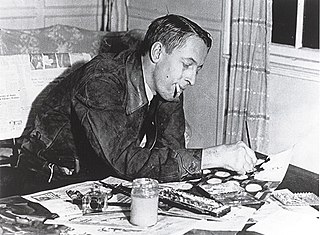
Edward John Burra CBE was an English painter, draughtsman, and printmaker, best known for his depictions of the urban underworld, black culture and the Harlem scene of the 1930s.
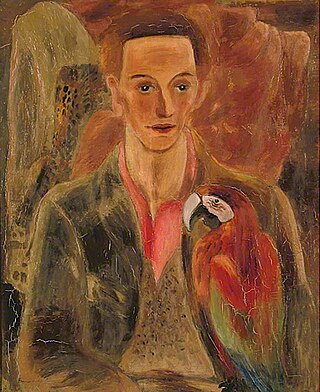
Sir Cedric Lockwood Morris, 9th Baronet was a British artist, art teacher and plantsman. He was born in Swansea in South Wales, but worked mainly in East Anglia. As an artist he is best known for his portraits, flower paintings and landscapes.

Gottfried Lindauer was a Czech and New Zealand painter. He was famous for his portraits, including many of Māori people.
Dame Louise Etiennette Sidonie Henderson was a French-New Zealand artist and painter.

Joseph Brummer was a Hungarian-born art dealer and collector who exhibited both antique artifacts from different cultures, early European art, and the works of modern painters and sculptors in his galleries in Paris and New York. In 1906 he and his two brothers opened their first gallery in Paris, the Brummer Gallery. At the start of World War I, they closed the gallery and moved to New York City. Joseph alone opened his next gallery in 1921 in Manhattan.
Leonard Beaumont (1891–1986) was an English printmaker, graphic designer, illustrator and publisher. He was one of the earliest exponents of the new art of linocut printmaking in Britain during the early 1930s. He was one of a small group of progressive and highly regarded printmakers who exhibited at the Redfern and Ward Galleries in central London. Whilst working in relative isolation in Yorkshire, most of his contemporaries were linked in some way to the Grosvenor School of Modern Art, located in Pimlico, London.
Geoffrey Heath Wedgwood, ARCA, RE was a British etcher and engraver, best known for his architectural etchings.
The Group was an informal but influential art association formed in Christchurch, New Zealand in 1927. Initially begun by ex-students from Canterbury College of Art, its aim was to provide a freer, more experimental alternative to the academic salon painting exhibitions of the Canterbury Society of Arts. The Group exhibited annually for 50 years, from 1927 to 1977, and it was continuously at the forefront of New Zealand art's avant-garde scene.

John Francis Kavanagh was an Irish sculptor and artist. In 1930 he was awarded the British School at Rome Scholarship in Sculpture.
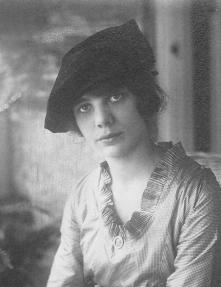
Grace Thorp Gemberling was an American artist known for the broad range of her subjects in paintings having a pronounced psychological as well as aesthetic impact. One critic said they conveyed a mood that was "ethereal, bold and engaged". Another said her work showed "a disciplined hand and a romantic eye" together with "a magical color sense". Known for her control of detail and successful handling of line and blocks of color, she was said to paint in a modernist style that stayed clear of abstraction and was remembered by a teacher and fellow artist as "the finest woman painter in Philadelphia during the 1920s and 1930s".
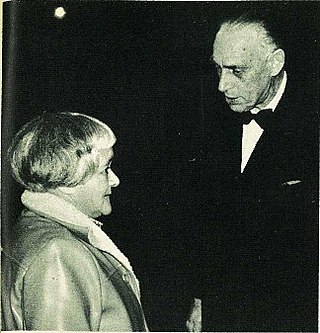
Mary Wirepa, also known as Mary Wi Repa, was a painter born in Auckland, New Zealand.
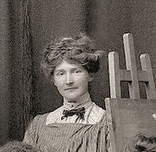
Grace Ellen Butler was a New Zealand artist.

Roland Hipkins (1894–1951) was an English artist who worked extensively in New Zealand between 1922 and 1951. He is especially noted for his work done in the wake of the 1931 Hawke's Bay earthquake. Works by Hipkins are held by the Hawkes Bay Cultural Trust, the Royal College of Art in London, and the Sarjeant Art Gallery in Wanganui.
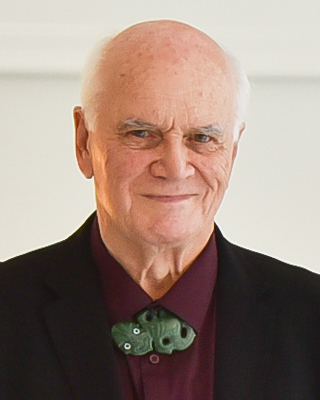
Raymond Henry "Sandy" Adsett is a New Zealand visual artist and educator. He is acknowledged for championing the art of kōwhaiwhai painting, creating a context for the artform within the development of contemporary Māori art.
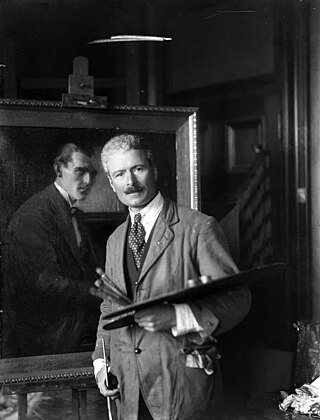
Walter Armiger Bowring was a New Zealand portrait and landscape painter, illustrator, cartoonist and caricaturist, also successful in London and Australia. He was an unofficial World War I artist and a collection of his early work is contained in the Alexander Turnbull Library, Wellington. He entered 14 portraits in Sydney's Archibald Prize from 1925. His subjects included public figures, such as politicians, Governors-General, military men and academics: Richard John Seddon, William Ferguson Massey, Harold Beauchamp, William Rolleston, William Sefton Moorhouse, the Earl of Ranfurly, Lord Mountbatten, Viscount Hawkesbury, Lord Jellicoe, Bernard Freyberg, and a number of prominent women. A number of his World War I works are included in the National Collection of War Art in Archives New Zealand, a collection merged in the 1950s with works from World War II; and three portraits are in the National Portrait Gallery of Australia.
References
- ↑ J. L. Harley (1991). "Stephen Denis Garrett. 1 November 1906–26 December 1989", Biographical Memoirs of Fellows of the Royal Society 37: 176–195 JSTOR 770025
- The art of Christopher Perkins by P.W. Robertson, in Art in New Zealand 4, No 13 (September 1931): 8–40
- The story of Christopher Perkins in Art in Australia 3, No 48 (February 1933): 31–37
- An introduction to New Zealand painting 1839-1980 by G. H. Brown & H. Keith (Auckland, 1980)
- An Artist's Daughter: with Christopher Perkins in New Zealand, 1929–1934 by Jane Garrett (Shoal Bay Press, Auckland, 1986) ISBN 978-0-908704-02-6
- Biography of Christopher Edward Perkins at Dictionary of New Zealand Biography